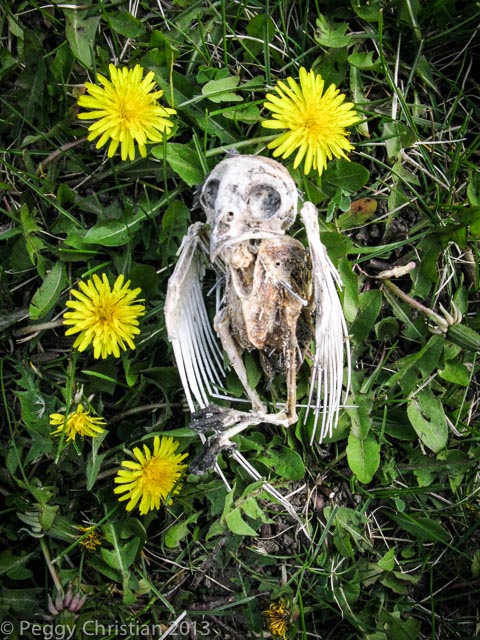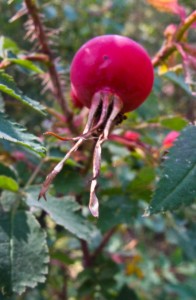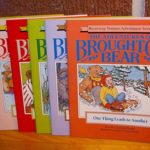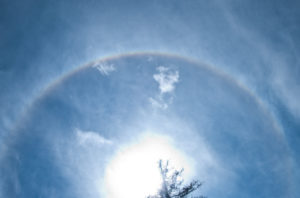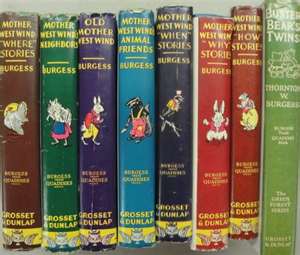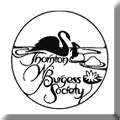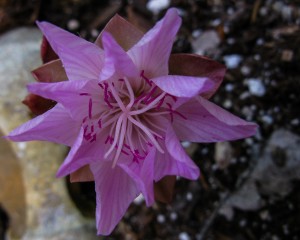 It is the Bitterroot blooming time in Missoula. Their appearance signals the end of the harvesting season for these roots that were one of the main staples in the Native American diet in the region. The fleshy green shoots of rosettes began appearing on the rocky hillsides around town soon after the snow began to melt, beating out even the earliest flowers. The Native Americans traditionally dug the root in May, before the rosette withers away and the flower blooms, because afterwards the woody brown skin on the root is difficult to remove. Among the Flathead and Kutenai Indians of western Montana, a special ceremony honored the Bitterroot and opened the root and berry picking season. Early settlers reported great gatherings of Flathead, Kalispell, Pend d’Oreille, Spokane and Nez Perce tribes camped in the Missoula valley to collect the roots.
It is the Bitterroot blooming time in Missoula. Their appearance signals the end of the harvesting season for these roots that were one of the main staples in the Native American diet in the region. The fleshy green shoots of rosettes began appearing on the rocky hillsides around town soon after the snow began to melt, beating out even the earliest flowers. The Native Americans traditionally dug the root in May, before the rosette withers away and the flower blooms, because afterwards the woody brown skin on the root is difficult to remove. Among the Flathead and Kutenai Indians of western Montana, a special ceremony honored the Bitterroot and opened the root and berry picking season. Early settlers reported great gatherings of Flathead, Kalispell, Pend d’Oreille, Spokane and Nez Perce tribes camped in the Missoula valley to collect the roots.
Lewis and Clark encountered the plant in the Big Hole Valley in 1805. Captain Lewis tried the boiled roots, finding them quite soft, but complained that they had a bitter, nauseating taste. The first time I tried the Bitterroot I too found them bitter, but I rather liked their astringent taste. Bitters have long been used as a way to stimulate the digestive juices and given the Native American’s meat heavy diet, I imagine that the roots were very beneficial.
Jeff Hart, in his priceless book Montana—Native Plants and Early Peoples recounts one of the origin stories of the plant: “Long ago, as the story goes, in what we now call the Bitterroot Valley, Flathead Indians were experiencing a famine. One old woman had to meat or fish to feed her sons. All they had to eat were shoots of balsamroot, and even these were old and woody. Believing that her sons were slowly starving to death, she went down to the river early one morning to weep alone and sing a death song. The sun, rising above the eastern mountains, heard the woman singing. Taking pity on the old woman, the sun sent a guardian spirit in the form of a red bird to comfort her with food and beauty. The bird flew to the old, gray-haired woman and spoke softly. ‘A new plant will be formed,’ said the bird, ‘from you sorrowful tears which have fallen into the soil. Its flower will have the rose of my wing feathers and the white of your hair. It will have leaves close to the ground. Your people will eat the roots of this plant. Though it will be bitter from your sorrow, it will be good for them. When they see these flowers they will say, here is the silver of mother’s hair upon the ground and rose from the wings of the spirit bird. Our mother’s tears of bitterness have given us food…’”
Even as a twenty first century white woman, when I see the blossoms of the Bitterroot, I feel a deep emotional connection to this mother’s story. But more than that, I am struck by the world view this story illuminates. The idea that the natural world is responsive to us in such an nurturing way is so different from our western view of nature being at best indifferent to us, or, at worst, if it does respond it is always in a violent, revengeful way (you shouldn’t fool with mother nature!) What if nature really is both responsive and benevolent and interconnected to us in such an intimate way? It certainly is worth further exploration and reflection.

